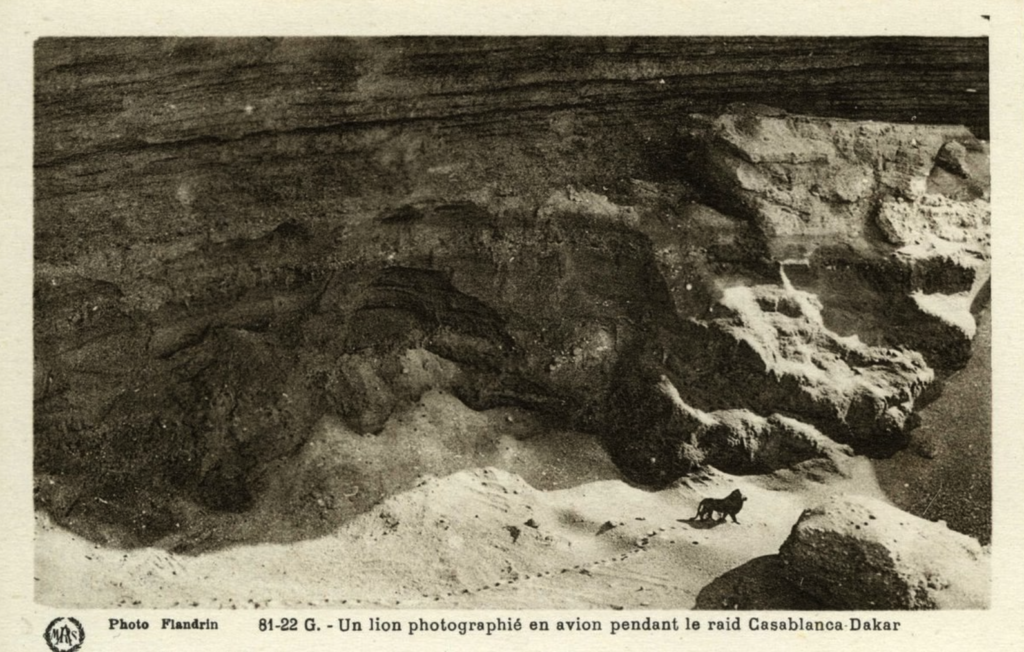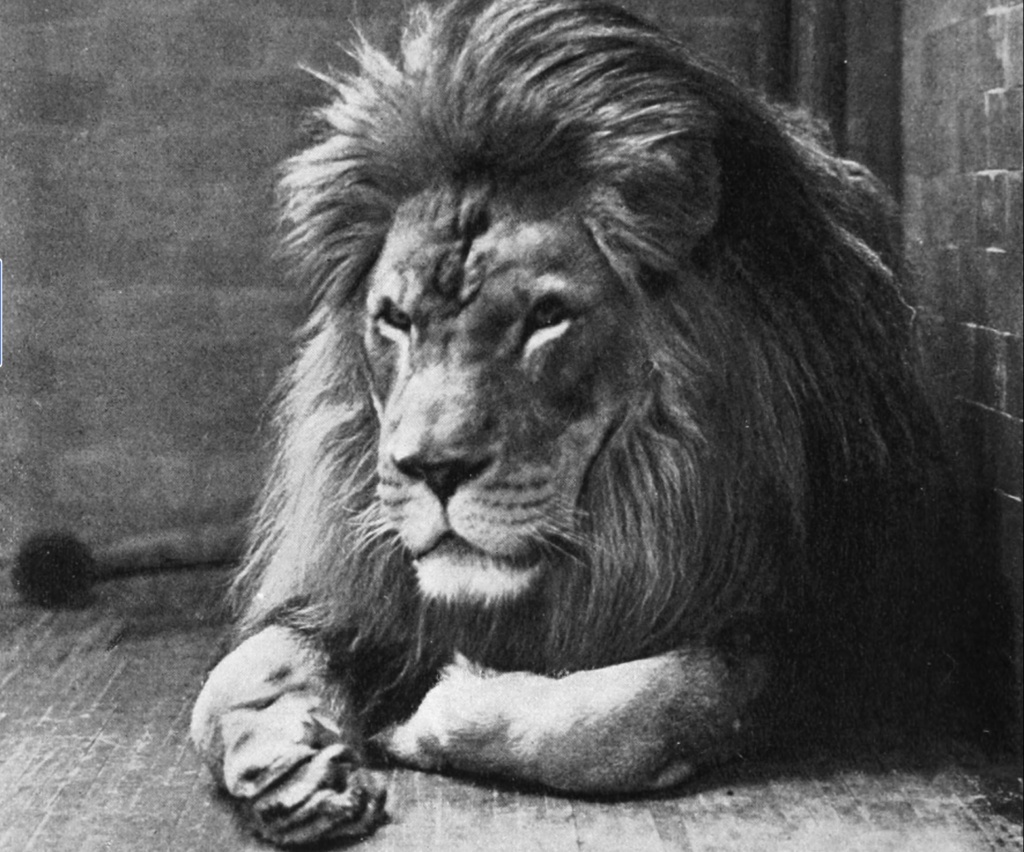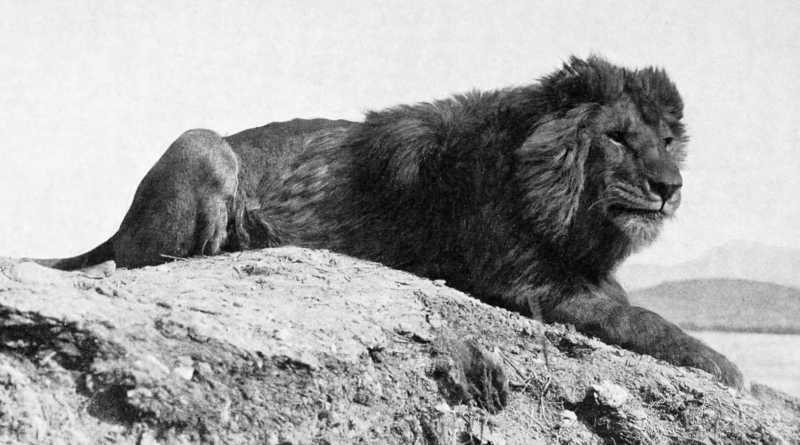What Happened To The Atlas Lions?
The Atlas lion; also known as the Barbary lion, was once a magnificent and formidable subspecies of lion that roamed the North African landscape. However, does it exist today and if so where?
Atlas lions were once roaming the Maghreb and North Africa, specifically found in Morocco, Algeria, Tunisia, and Libya. These lions were some of the largest and most distinctive lions in the world, with a unique physical appearance and a reputation for being fierce and aggressive.
The Barbary lion was once widely distributed throughout the Barbary Coast, but it is now extinct in the wild.

Origins and Name
The Atlas lions are known as Barbary lion with the scientific name Panthera leo leo. They are is a subspecies of lion that was native to North Africa, specifically the Atlas Mountains and the Barbary Coast. The name “Barbary” comes from the region in North Africa where these lions were found, which was known as the “Barbary Coast.”
The Barbary Coast was named after the stretch of land along the Mediterranean coast of North Africa, including present-day Morocco, Algeria, Tunisia, and Libya. It was dervied from the word “Berbers”, the medieval name of the Amazigh people.
Symbol Of Power
The Atlas lion was a distinctive subspecies of lion, with a number of unique physical characteristics that set it apart from other lions. These lions had a thicker mane than other lions, which often extended down to their belly and legs, giving them a distinctive appearance.
These lions also larger than other lions, with males weighing up to 550 pounds and standing up to 4 feet at the shoulder. In addition to their impressive size, these lions were also known for their aggressive behavior, making them highly respected and feared by humans who lived in their territory.

Why Did They Disappear?
Despite their reputation for being fierce and aggressive, Atlas lions were hunted extensively by humans. European colonizers in the Maghreb prized the lions’ pelts and considered them a symbol of their own power and authority.
Additionally, the lions’ habitat was destroyed by human activity, as land was cleared for agriculture and development. This combination of hunting and habitat loss led to the extinction of the Barbary lion in the wild by the mid-20th century.
The last known Barbary lion in the wild was shot in Morocco in 1922.
Where Are They Today?
Today, the only known Atlas lions are found in captivity. A small number of zoos and wildlife parks around the world house these lions, and there are ongoing efforts to conserve and breed the remaining lions in order to preserve the subspecies.
The Rabat Zoo housed lions that exhibited traits characteristic of the Atlas lion. Wealthy families in Morocco presented lions as gifts to the royal family in Rabat, and due to the family’s exil in 1953, the lions were relocated to two zoos in the region. Twenty-one lions were moved, three to a zoo in Casablanca, and the rest to Meknès. The lions in Meknès were brought back to the palace in 1955, but the lions in Casablanca never returned. In the late 1960s, new lion enclosures were built in Temara, close to Rabat.
Today, there are some lions in captivity that are believed to have lions lion ancestry. A study of mtDNA in 2006 found that a lion kept in the German Zoo Neuwied is likely a descendant of an Atlas lion from this collection. However, the genes of the Atlas lion are thought to be present in the common European zoo lions since it was frequently introduced. Consequently, many lions in European and American zoos, which are not classified by subspecies, are probably descendants of Atlas lions.
Some organizations are also working to reintroduce Atlas lions to their former habitat in North Africa, although this is a difficult and controversial task due to the extensive habitat destruction that has occurred in the region.



